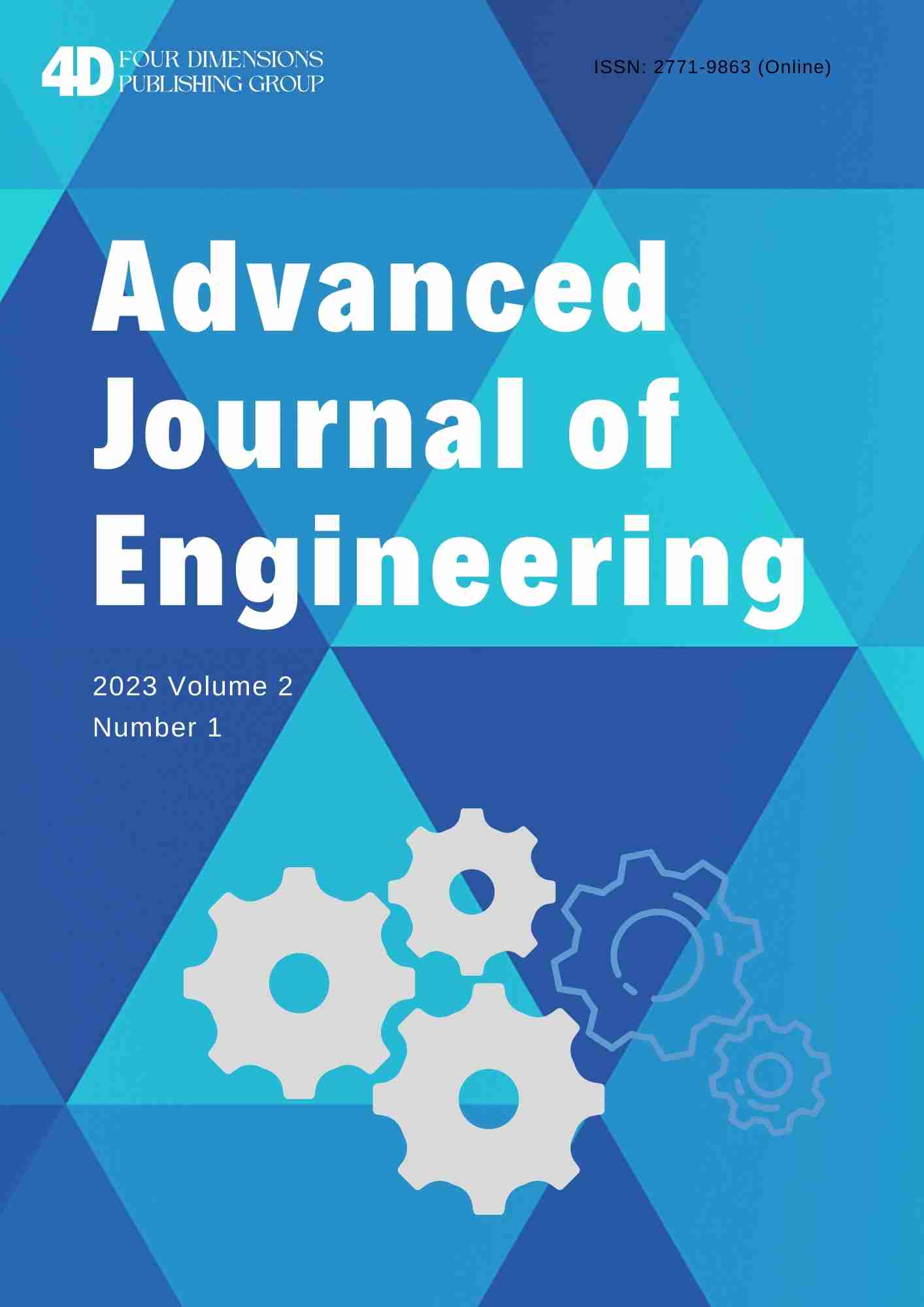
Advanced Journal of EngineeringOpen Access
Advanced Journal of Engineering[AJE] is an international peer-reviewed journal that publishes original and high-quality research papers in all related areas. All papers published will be open access to all readers. To build a platform for scientific research and academic exchange for scholars, focusing on the development and research, introducing worldwide research, theory and practice, and promoting international exchanges.
ISSN: N/A (Print)
Frequency: Bimonthly
ISSN: 2771-9863 (Online)
Website: https://doi.org/10.55571/aje
Email: journal@4dpublishinggroup.com /aje@4dpublishinggroup.com
Indexing and Abstracting:Google Scholar; CrossRef; ResearchBib; WorldCat; CiteFactor
Email: journal@4dpublishinggroup.com /aje@4dpublishinggroup.com
Indexing and Abstracting:Google Scholar; CrossRef; ResearchBib; WorldCat; CiteFactor
WSN based Forest Fire Detection System
DOI: https://doi.org/10.55571/aje.2022.04013
Authors:Dipasri Saha*, Binit Kumar Shaw, Sayantan Bose, So
Affiliation: Elecetrical Engineering Department, Elitte College of Engineering, Sodepur, Kolkata, India
Information: Advanced Journal of Engineering. April 2022 Vol.1, No.1, pp 12-17
Authors:Dipasri Saha*, Binit Kumar Shaw, Sayantan Bose, So
Affiliation: Elecetrical Engineering Department, Elitte College of Engineering, Sodepur, Kolkata, India
Information: Advanced Journal of Engineering. April 2022 Vol.1, No.1, pp 12-17
Abstract:Forest is a major part of the global, ecological, environmental, and recreational system. It has a huge impact on amount of greenhouse gases, atmospheric carbon absorption, and reduction of soil erosion. It directly modulates the temperature and regulate amount and nature of rainwater. To a large extent, forest fire is one of the most dangerous natural hazards that occur in practically in all countries worldwide affecting physical, biological, and environmental consequences. An advanced technology, Wireless Sensor Network (WSN), is nowadays getting more importance and has started application in forest fire detection. The Wireless nodes integrate on the same PCB, the sensors, the data processing, the wireless transceiver, and they all run by the same source- batteries. Unlike cell phones, WSN do not require recharging periodically. The sensors used here, are device for sensing their environment and computing data. The sensors sense physical parameters such as the temperature, pressure, and humidity, as well as chemical parameters such as Carbon Monoxide (CO), Carbon Dioxide (CO2) and Nitrogen Dioxide (NO2). The sensors operate in a self-healing and self-organising wireless networking environment.
Keywords:Wireless Sensor; Network; Forest; Fire
Cite This Article:Saha d., Shaw. B, etc. (2022). WSN based Forest Fire Detection System. Advanced Journal of Engineering, Vol.1, No.1, pp 12-17
Keywords:Wireless Sensor; Network; Forest; Fire
Cite This Article:Saha d., Shaw. B, etc. (2022). WSN based Forest Fire Detection System. Advanced Journal of Engineering, Vol.1, No.1, pp 12-17
